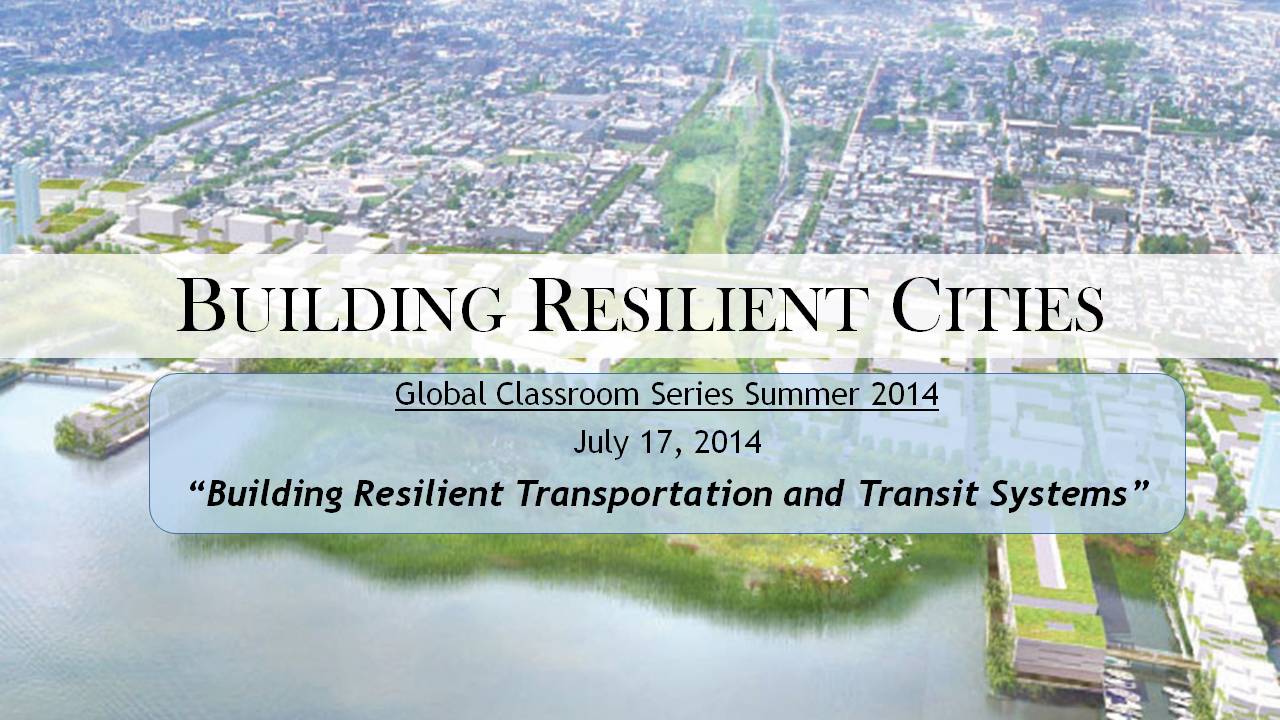Transport
 Here in San Diego, California, we are well behind the world’s leading innovators in transportation and even rank poorly in our own country. If the city has any hope to develop in a resilient fashion, it must start with reliable transit options since the system is so directly related to critical issues such as health, economics, and the environment.
Here in San Diego, California, we are well behind the world’s leading innovators in transportation and even rank poorly in our own country. If the city has any hope to develop in a resilient fashion, it must start with reliable transit options since the system is so directly related to critical issues such as health, economics, and the environment.
Most importantly, to fight climate change, we must wean ourselves off our dependence on the automobile and reinvent the way we view the transit. While public transportation is becoming more popular as a whole in the US, San Diego’s ridership numbers have actually stalled over the past few years, with many residents still opting to commute to work in their single occupancy vehicles. In addition, San Diego ranks poorly in transportation infrastructure, air quality, and safety.
One of the largest obstacles to integrated transit systems here in San Diego is the lack of accessibility associated with the sprawling development planning practiced over the past few decades. In order to amend these issues, planners need to adapt and progress towards transit-oriented development (TOD). TOD focuses on designing communities with access to public transportation half a mile walking distance from residential, commercial, and institutional developments. Other resiliency targets include faster and more efficient public transit, denser development, transition to alternative fuel vehicles, and most importantly, strong regional and local governance to enact these policies.
While San Diego is struggling to be more transit-oriented, it has the luxury of learning from the best practices of cities globally that have experienced great successes with their transportation initiatives. Cities such as Vienna, Austria, and Curitiba, Brazil are both cities that have implemented innovative and effective bus transit systems that fit San Diego’s current infrastructure and needs. Copenhagen, Denmark, and Portland, Oregon have shown the world and the US that biking is a legitimate commute option given the correct infrastructure. Finally, New York City has taken excellent resiliency measures post Hurricane Sandy that should serve as a benchmark for planners looking to make their city more resilient.
Even if San Diego’s transit system is lacking in its present state, planners here have and are taking the correct measures to adapt to changing times. Measures such as implementing higher gasoline taxes and toll (HOT) lanes are in the works. In addition, effective programs are in place to encourage carpooling, car sharing, and bicycling in San Diego. However, moving forward, San Diego must still overhaul decades of faulty planning and curb rising greenhouse gas emissions. In conclusion, we must become more transit-oriented in our development, focusing on offering easy access to efficient and effective alternative transportation options.
